2013-04-03 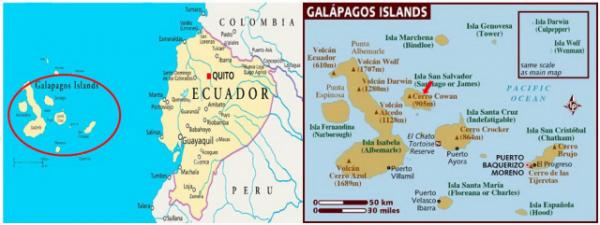
【Aiden in English】
Here, we had the opportunity for a morning hike over a blackened landscape that was nothing less than a geologic wonderland in Sullivan Bay, northeast of Santiago Island. At every step, we would see the hardened twists and turns of Lava that flowed during a volcanic eruption in the 1900s. If you were talking about an "evil island," would it be jagged rocks, skeletons, scattered bones, no life, and black? I came to an island precisely like what I just listed—jagged stones. Check. Skeletons, Check—scattered bones. Check—no life and black. Check. Sullivan Bay was utterly different from James Bay, northwest of Santiago Island, which I had visited the day before. Lush green bush trees and delicate pink flowers populated the small mountains while birds sang their beautiful songs from their nests, where baby birds chirped happily. At the waterfront of Sullivan Bay, we stopped on the island, where the lava rocks formed steps that helped us approach the dry land without any problem. The sun was directly overhead, and our shadow faded when we saw our first plant. The Mollugo carpetweed had long branches that ended in tiny flowers. Mollugo became one of the few plants that had colonized the barren lava surface for miles around, in addition to the lava cacti. Lava Lizards often played around them, and we ran into each other. Rocks crunched under my feet as the hot sun beat down on us. The lava field looked like a black ocean, and I was petrified at its roughest moments. There were three lava types: pahoehoe (braided), Aa (jagged), and strict (ropey). Lava flow solidified mostly into pahoehoe, a Hawaiian term. Lava Bubbles from volcanic gases in the flow remained and burst over time. Some reddish tuff cones rose from the vast black lava flow. The reddish color indicated oxidation, the first step in basalt turning into soil particles. Lava tubes ran right underneath the cooled Lava. Some old ones broke, creating holes or large pits for me to stand in. The immense black lava flow ran through the reddish tuff and continued reaching out to the basaltic rocks and the Pacific Ocean, where Sally Lightfoot Crabs and Marine Iguanas abounded. Marine Iguanas adopted a black color and got well camouflaged in the lava field. So were the young crabs. However, once Sally Lightfoot crabs reached adulthood, they became bright red and were easily visible along the black lava shores. This set up another example of natural selection. The survivors came from those who adapted themselves the best to the environment. Other than us, Marine Iguanas and Lava Lizards might be the only survivable creatures because they can drink saltwater. Sullivan Bay was the best place to discover the evidence of volcanism. 【红霞译】
今天上午,我们打算去圣地亚哥“后继者”岛东北部广袤无际的地质仙境,专门考察熔岩地貌,这些熔岩都是1900年以后由火山爆发时所留下的自然产物。 什么是“魔鬼岛”?一个怪石嶙峋、骷髅遍野、碎尸散落、荒芜人烟、火熏之色的岛屿,这就是眼下我所在的地方!怪石嶙峋,打钩“√”;骷髅碎尸,打钩“√”;荒芜人烟,打钩“√”;火熏之色,打钩“√”。替代者岛东北部的沙利文“黑眼睛”湾与我前天到访的西北部追随者湾完全不同,那里灌木林成荫,粉红花似锦,百鸟飞禽啼鸣,窝边的雏鸟争相唧呀啁啾,到处生机盎然。 圣地亚哥岛沙利文湾水边,我们沿熔岩礁石自然形成的台阶上岸,这时太阳已经高高挂在头上,照得我们连自己的身影都躲了起来,唯有粟米草天不怕地不怕,长长的枝条,细小的花蕾,翘首迎候远道而来的不速之客。粟米草可谓土生土长屈指可数的几种旱生植物之一,在贫瘠荒凉的石缝间,像熔岩仙人掌一样坚强不屈,熔岩蜥蜴经常出没此地,使得彼此有机会互道问候。 随着脚下岩石发出嘎吱嘎吱的响声,阳光更加热烈起来,烤得我们火辣辣的,恰似“炎气拥为衣上火,汗光流出腹中汤”!熔岩荒野感觉好像黑色海洋,地面宛如磐石坚硬。熔岩大致有三种形状:辫状、突状、绳状。火山喷出地表的岩浆冷却后大部分形成辫状熔岩,其词源取自夏威夷波利尼西亚语。 熔岩气泡来自火山气体,有的至今保留完好,有的已在流动中破裂。 红色凝灰岩锥从熔岩荒野拔地而起,火成岩在变成土壤过程中因为第一步的氧化反应而呈红色。 冷却的熔岩底部经常产生管道结构,天长日久旧熔岩管逐渐破裂,形成地洞或者洼坑,有的大到可以藏身。 巨大黑熔岩流穿过红凝灰岩和花岗岩之后进入太平洋,这里成为红石蟹和海鬣蜥栖息的风水宝地。黑乎乎的海鬣蜥毋需乔装打扮,便与乌油油的熔岩难分难辨;红石蟹年幼后代同样身披黑色外套,与熔岩覆盖的深色礁石恍若一体,凭借天然保护色而免遭杀身之祸,直到长大出落成帝王将相皇母太后,才摇身改穿红色新衣。大自然的生物进化规律再次证明,物竞天择,适者生存。 除我们之外,海鬣蜥和熔岩蜥蜴大概是熔岩荒野唯一幸存的动物,因为它们有能力代谢高盐成分的海水。 沙利文湾的确是了解火山活动最好的地方。 Today in History(历史上的今天):
2013: Bartolomé Is Pinnacled in Galapagos(巨龟群岛巴托洛梅岛·尖峰岩) 2011: 埃及沙姆沙伊赫·摩西山(Sharm El-Sheikh, Mountain Moses Egypt) 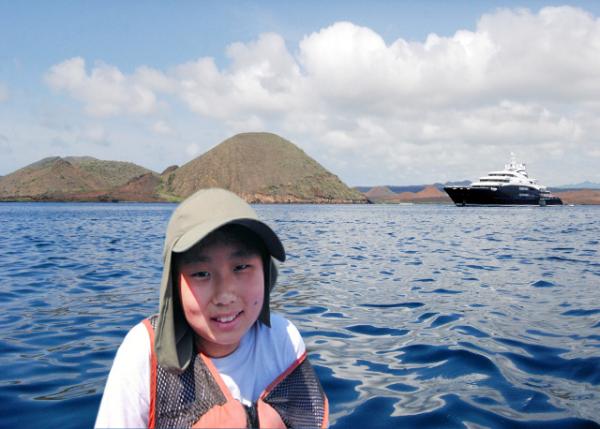 Sullivan Bay against Turquoise-Blue Sea Sullivan Bay against Turquoise-Blue Sea
(沙利文湾·绿松石蓝海 04-03-2013) 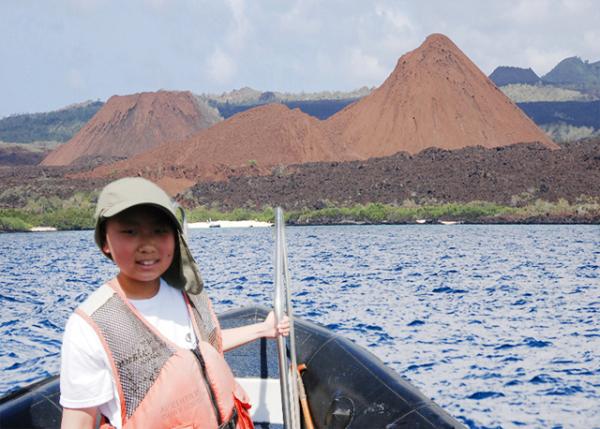 Volcanic landscape @ Sullivan Bay Volcanic landscape @ Sullivan Bay
(沙利文湾·火山地貌 04-03-2013) 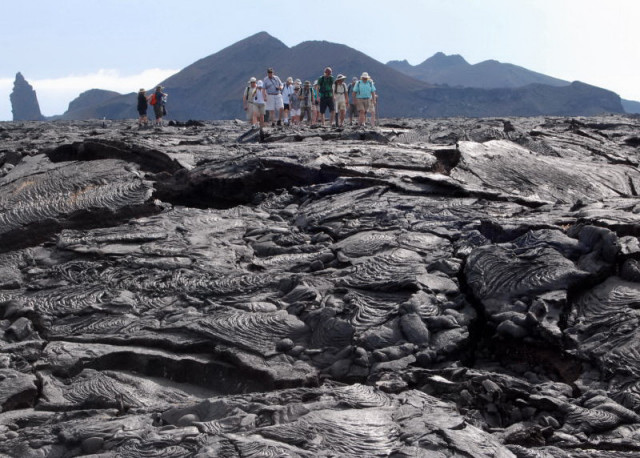
The Pinnacle Rock of Bartolomé Island w/ the Enormity of the Sea Stacks Viewed from Crinkly & Bubbly Lava @ Sullivan Bay (从苏利文湾皱巴巴的熔岩上远眺巴托洛梅岛尖峰岩·海蚀柱的磅礴气势) 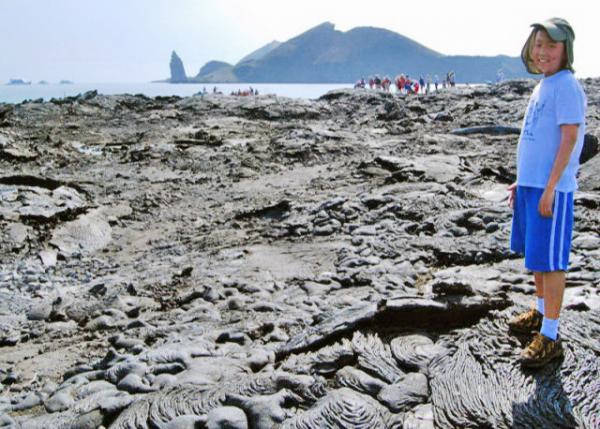 Lava Field, the Solidified in Corrugated or Accordion Form Lava Field, the Solidified in Corrugated or Accordion Form
(熔岩荒野·波纹或手风琴状的凝固形态 04-03-2013) 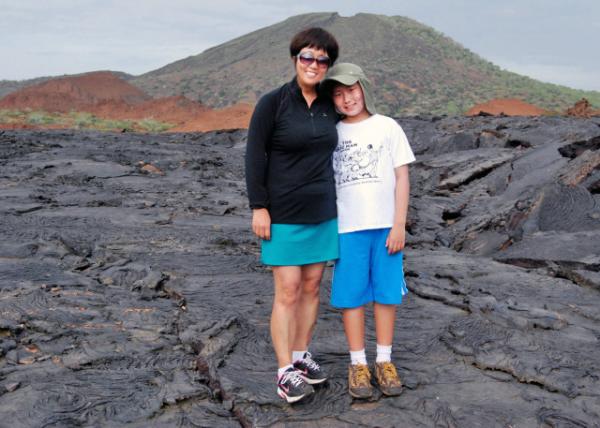 Eroded Scoria Cones (风化的火山渣锥 04-03-2013) Eroded Scoria Cones (风化的火山渣锥 04-03-2013)
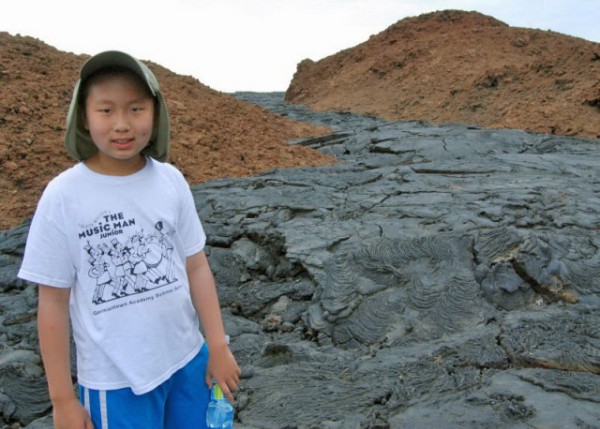
Junction of Reddish Tuff Cone & Black Lava Flow (红色凝灰岩锥与黑色熔岩流交融 04-03-2013) 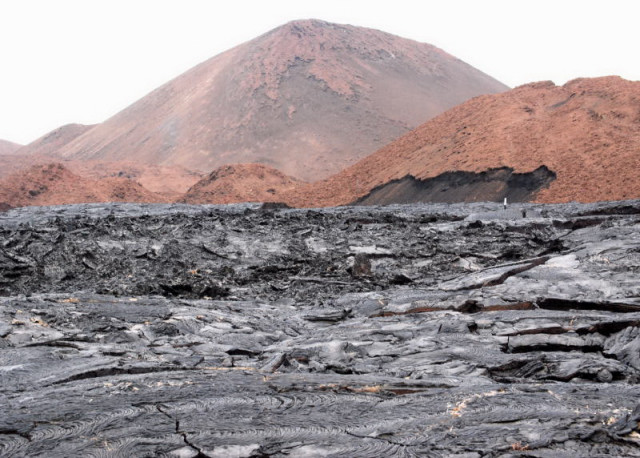
A Lunar Landscape of Barren Lava Fields (贫瘠熔岩地带的月球景观) 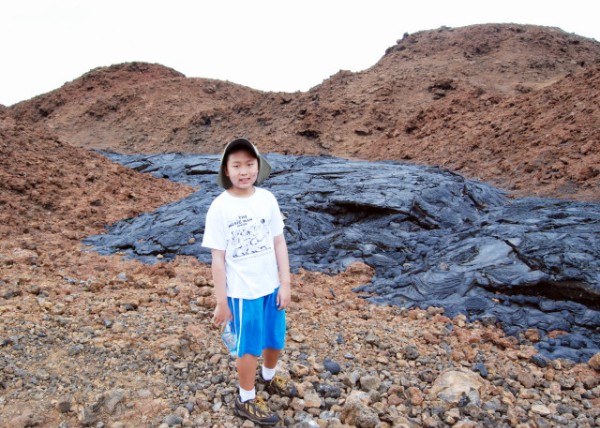
Reddish Tuff Cone & Black Lava Flow (红色凝灰岩锥与黑色熔岩流 04-03-2013) 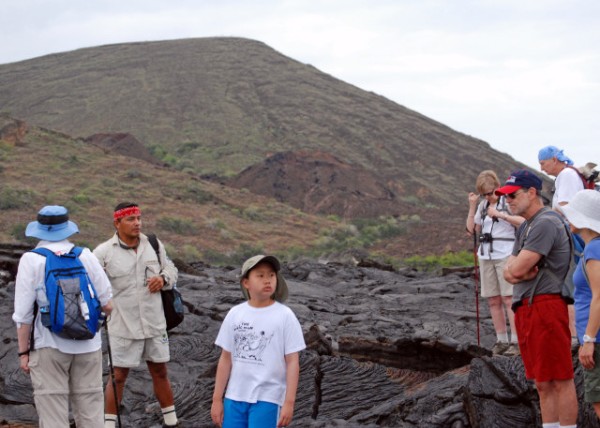
Scoria-producing Volcano (火山渣锥组成的火山 04-03-2013) 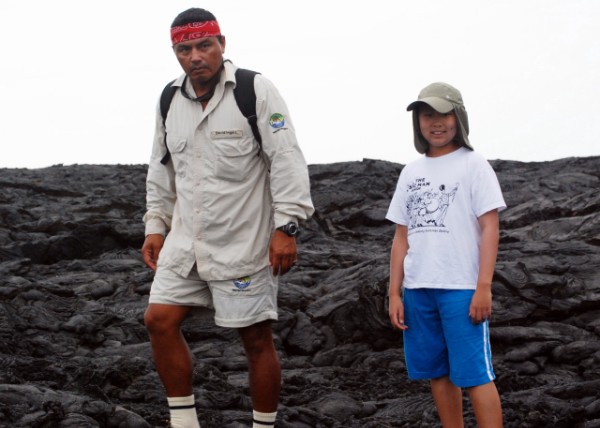
The Weather-beaten (饱经风霜 04-03-2013) 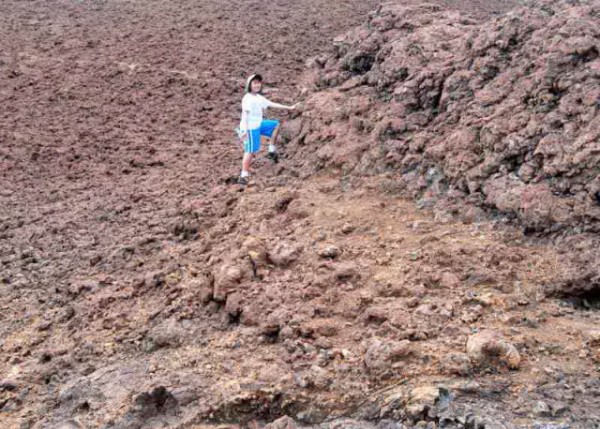
Loose Pyroclastic Debris (松散的火山碎屑岩块) 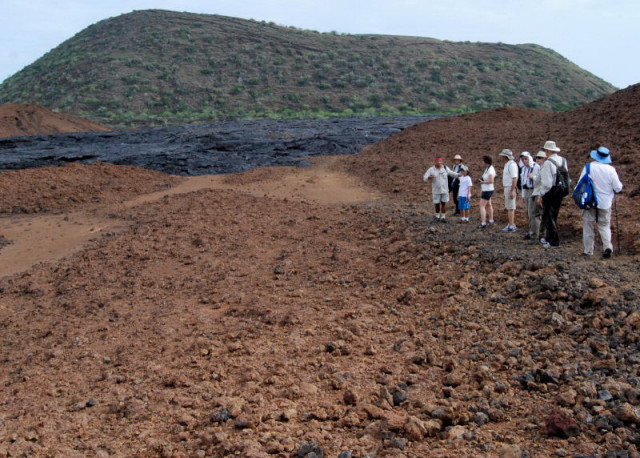
Scoria Mounds (熔渣土墩) 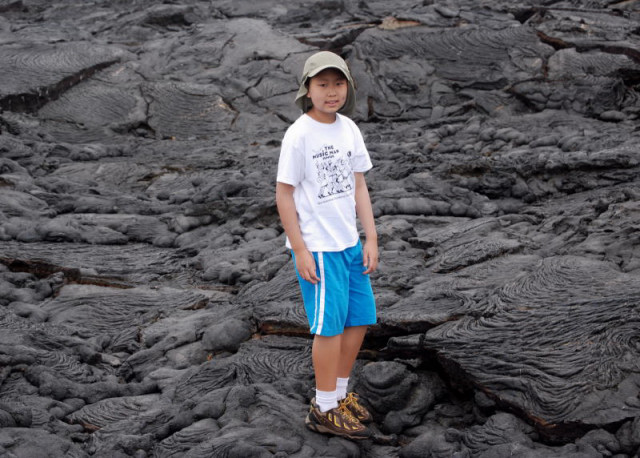
Basaltic Volcanic Fields (玄武岩火山场 04-03-2013) 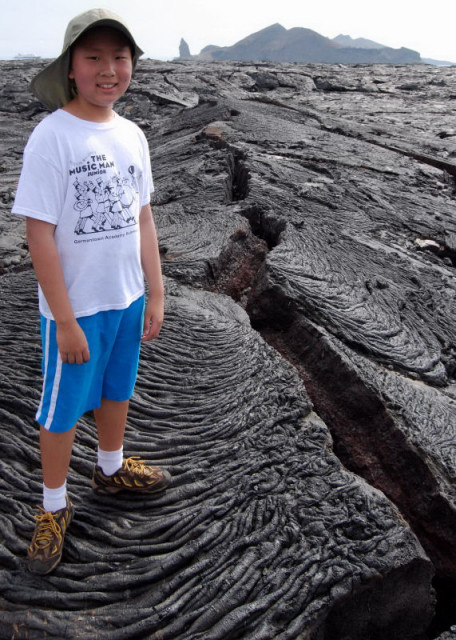
Lava Crack (熔岩地缝 04-03-2013) 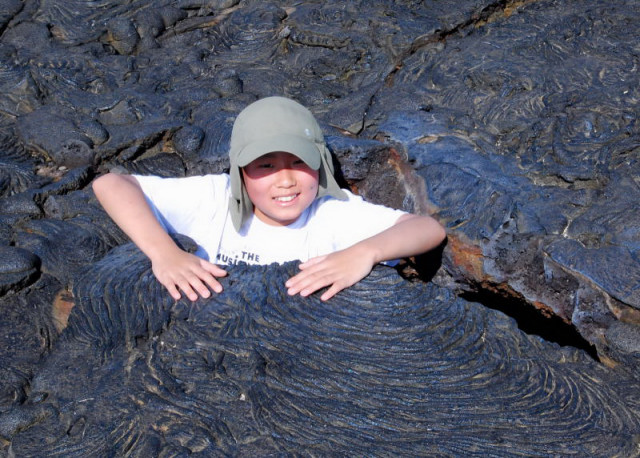
Lava Pot Hole (熔岩窟窿 04-03-2013) 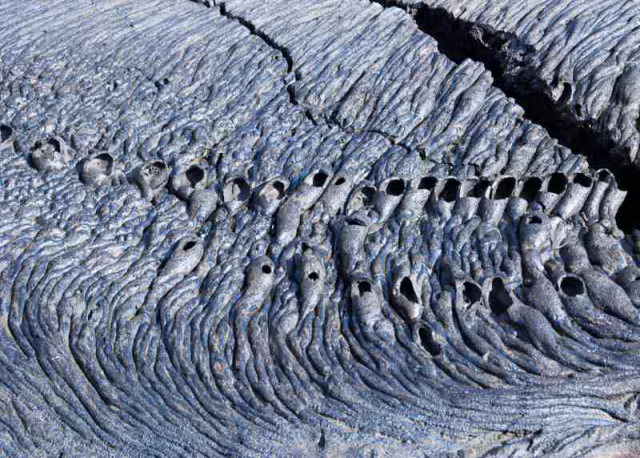
Lava Bubbles (熔岩气泡) 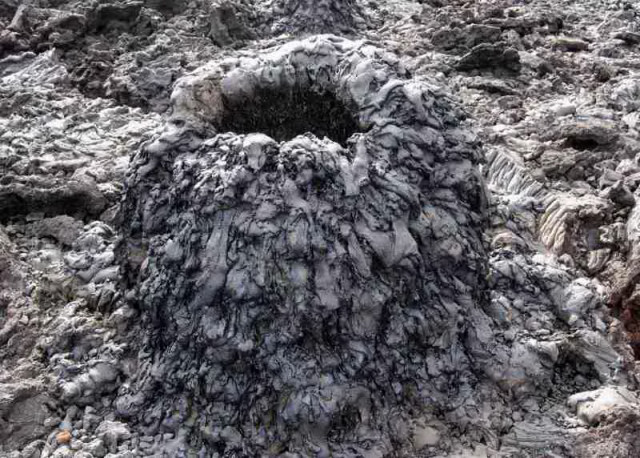
Lava Cave (熔岩石洞) 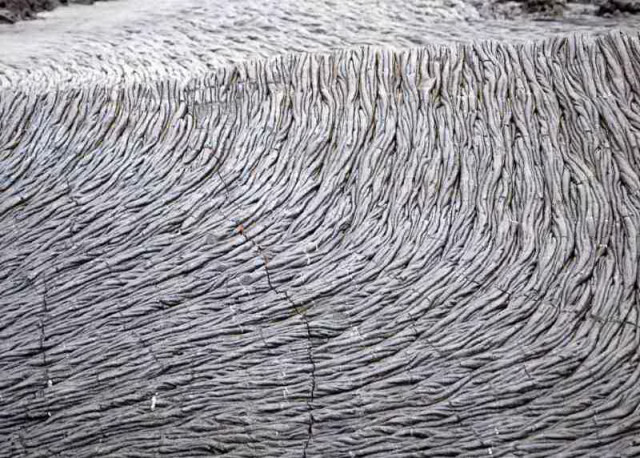
Braided Pahoehoe Lava Flow (辫状熔岩流) 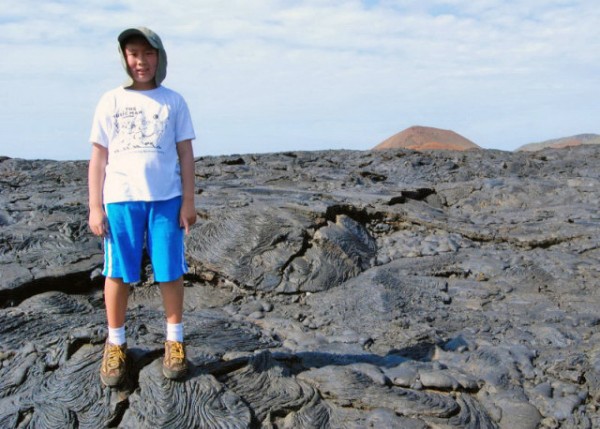
Jagged Pahoehoe Lava Flow (突状熔岩流 04-03-2013) 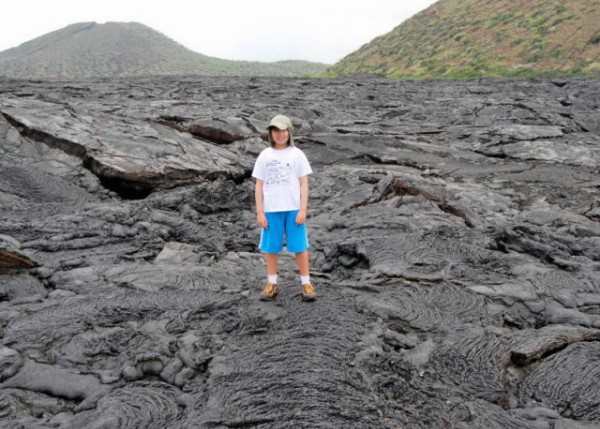
Ropey Pahoehoe Lava Flow (绳状熔岩流 04-03-2013) 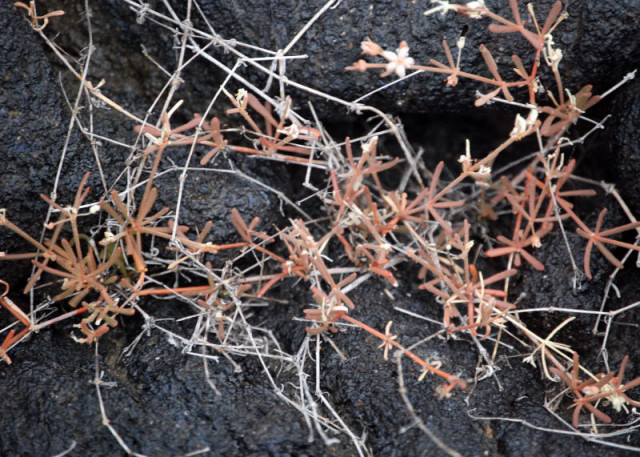
Mollugo Carpetweed (粟米草) 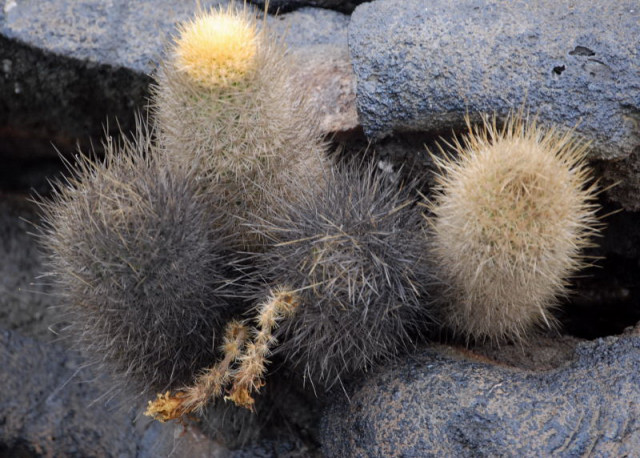
Lava Cacti w/ Mollugo Carpetweed (熔岩仙人掌与粟米草) 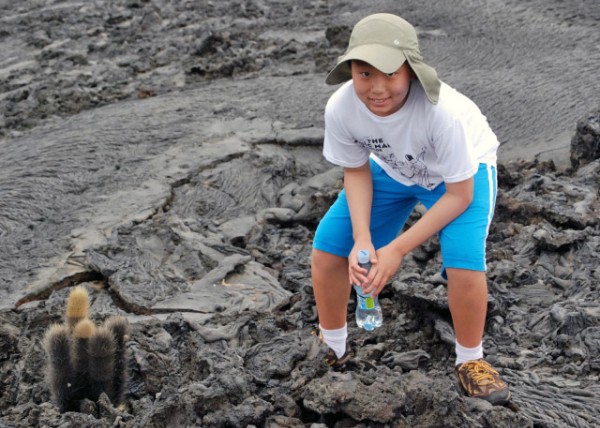
Endemic to the Galápagos Islands (巨龟岛特产 04-03-2013) 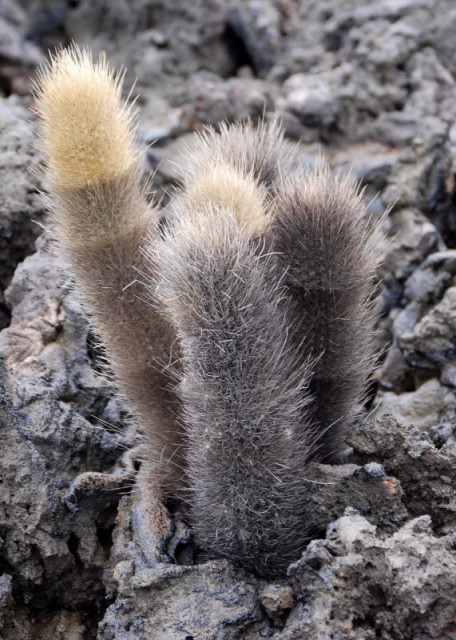
Lava Cacti, the Pioneer Species Clinging to the Rocks (熔岩仙人掌·攀附在岩石上的先锋物种) 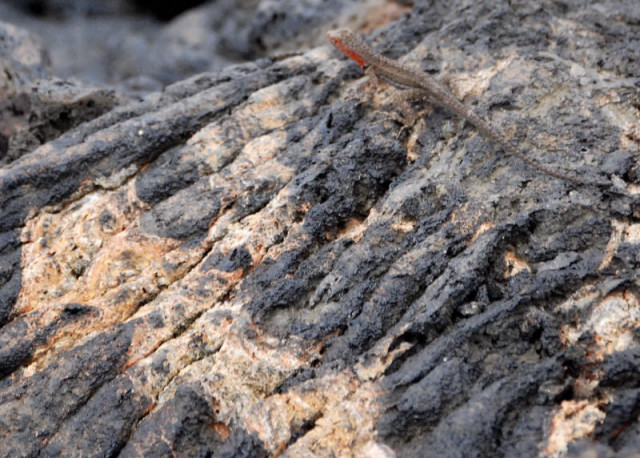
Female Lava Lizard (雌熔岩蜥蜴) 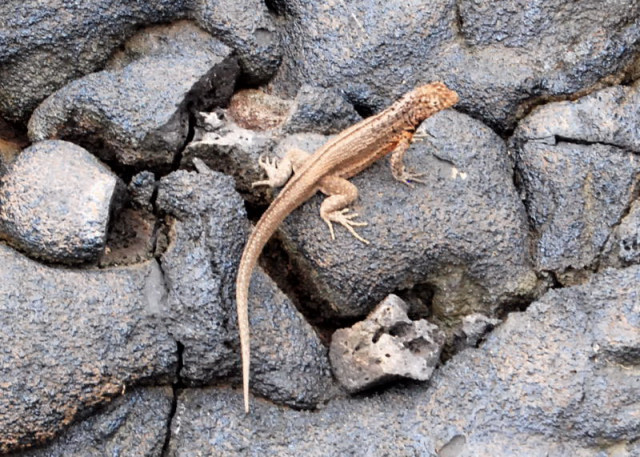
Male Lava Lizard (雄熔岩蜥蜴) 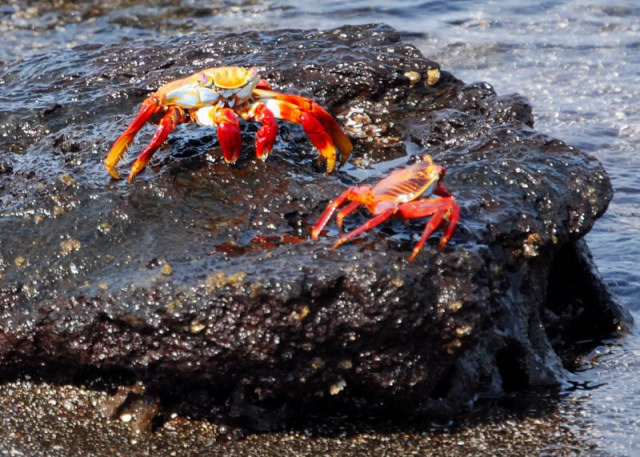
Sally Lightfoot Crab, a Ubiquitous Scavenger (莎莉“公主”轻足蟹·无处不在的清道夫)
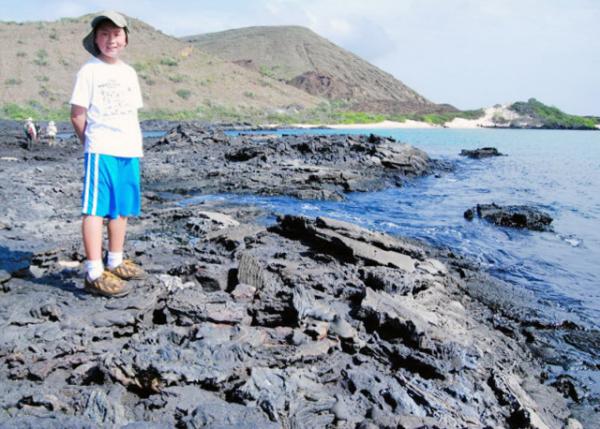 Sullivan Bay w/ Stark Black Lava, Contrasting to White Sand Beaches & Glimpses of Emerging Vegetation Sullivan Bay w/ Stark Black Lava, Contrasting to White Sand Beaches & Glimpses of Emerging Vegetation
(沙利文湾·纯黑色的熔岩与白色的沙滩和新兴植被形成鲜明对比 04-03-2013) 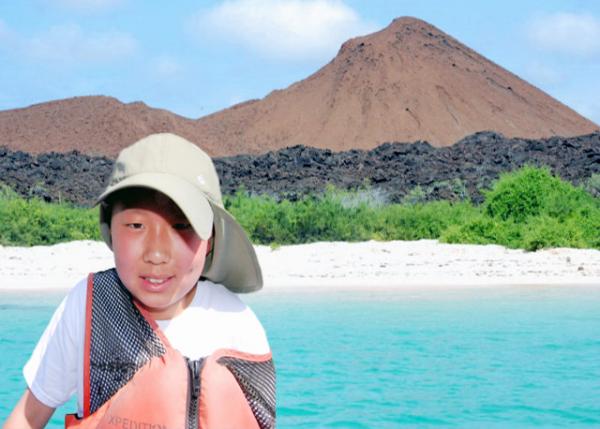 Pristine Coral Sand Beach by Turquoise-Blue Sea @ Sullivan Bay Pristine Coral Sand Beach by Turquoise-Blue Sea @ Sullivan Bay
(沙利文湾·绿松石蓝海岸原始珊瑚沙滩 04-03-2013)  Superyacht Serene, Built for Russian Vodka Tycoon Yuri Shefler for $330 Million in 2011 Superyacht Serene, Built for Russian Vodka Tycoon Yuri Shefler for $330 Million in 2011
(“宁静”号超级游艇——2011年为俄罗斯伏特加“少量水”大亨尤里·谢夫勒“农夫·牧羊人”建造,耗资3.3亿美元)  Seafood BBQ @ Celebrity Xpedition Seafood BBQ @ Celebrity Xpedition
(“名人·远征”号游轮——海鲜烧烤 04-03-2013) Crosslinks(相关博文): 2013: Santa Cruz Island, Ecuador(厄瓜多尔十字架岛)
2013: Kicker Rock/Witch Hill, Ecuador(厄瓜多尔睡狮岩女巫岭) 2013: Frigatebird Hill, Ecuador(厄瓜多尔军舰鸟山) 2013: N.Seymour, Ecuador(厄瓜多尔北黑暗岛) 2013: Bachas Beach, Ecuador(厄瓜多尔驳船海滩) 2013: Bartolome Island, Ecuador(厄瓜多尔农夫之子岛) 2013: Rabida Island, Ecuador(厄瓜多尔野蛮岛)
2013: James Bay of Santiago Is, Ecuador(厄瓜多尔替代者岛追随者湾) Ecuador(出游厄瓜多尔)
South America(漂流南美洲) 小学四年级(4th Grade) |
